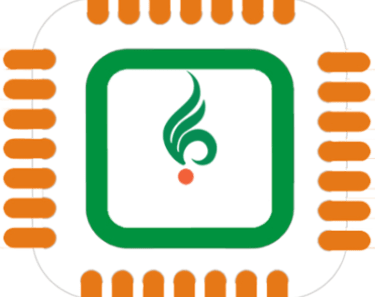Vibe Coding: Speed vs. Structure in AI Development
Exploring the rise of Vibe Coding, its potential for rapid prototyping, and the risks of skipping disciplined software development.
8/14/20252 min read


Vibe Coding: The New AI Buzzword or Just a Shortcut to Nowhere?
Imagine you have an idea for a sleek web app. Traditionally, you would spend hours setting up frameworks, writing code, and debugging. Now, with Vibe Coding, you simply speak to an AI: “Make the buttons bigger, change the background to teal, add a login page.” Instantly, it happens. No syntax errors, no CSS troubleshooting. You stay in the creative flow without getting bogged down in technical details.
Vibe Coding, a term introduced by Andrej Karpathy, a leading figure in AI (formerly at OpenAI and Tesla), describes a way of rapidly prototyping web-based applications using voice-activated Large Language Model (LLM) code generation. The focus is on speed, design, and experimentation—“knowing what you want when you see it”—without worrying about the underlying code.
Karpathy makes it clear that this is meant for quick, throwaway projects, not for building serious production-level applications. However, the concept’s appeal extends far beyond that intention. For seasoned developers, it can serve as a digital sketchpad to explore ideas. For non-technical users, it can appear to be a shortcut to launching full-fledged products, which is where the risks begin.
The challenge lies in expectations. AI already carries an aura of capability that can blur boundaries between casual experimentation and professional development. If students are willing to let AI write their essays, it is not far-fetched to imagine aspiring entrepreneurs believing they can launch secure, reliable apps purely through voice prompts.
The danger of this approach became evident when a non-coding enthusiast used Vibe Coding to create and release an app, only for it to be hacked almost immediately. This example underscores a crucial reality: AI cannot replace the disciplined processes of software engineering, particularly when it comes to security, scalability, and quality assurance.
In response, the industry is reframing Vibe Coding as a complement to traditional AI-assisted development rather than a replacement. It works best for prototyping user interfaces, brainstorming functionality, and testing concepts quickly. When it comes to production-ready code, careful planning, rigorous testing, and security protocols remain essential.
The greater risk may not be in the technology itself, but in our tendency to overlook when we have crossed from experimentation into production. Vibe Coding blurs this line, making it harder to maintain the discipline required for safe and reliable software development.
There are already proven ways to integrate AI into the development process effectively, such as AI-assisted code suggestions, automated test generation, and error detection. These methods keep human oversight at the center while improving productivity.
Vibe Coding can be a powerful creative tool in the right hands, but it is not a shortcut to building secure, scalable applications. For experienced developers, it can accelerate early-stage experimentation. For others, it risks becoming a faster route to poorly built and potentially unsafe products. In the fast-moving world of AI, speed without structure is a gamble that most businesses cannot afford to take.
Source - Semiwiki
QUICK LINKS
NEIL RAO TOWERS, 117 & 118, Rd Number 3, Vijayanagar, EPIP Zone, Whitefield, Bengaluru, Karnataka 560066
200/2, Tada Kandriga, Tada Mandalam, Tirupati District - 524401
Locations

